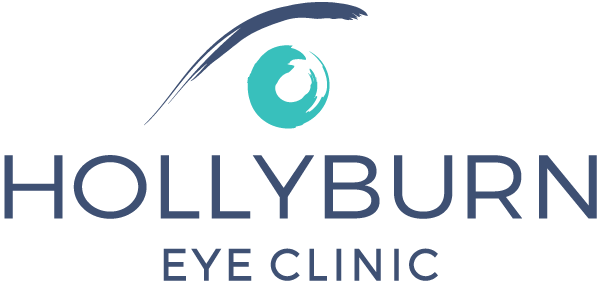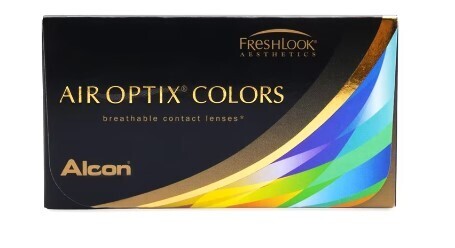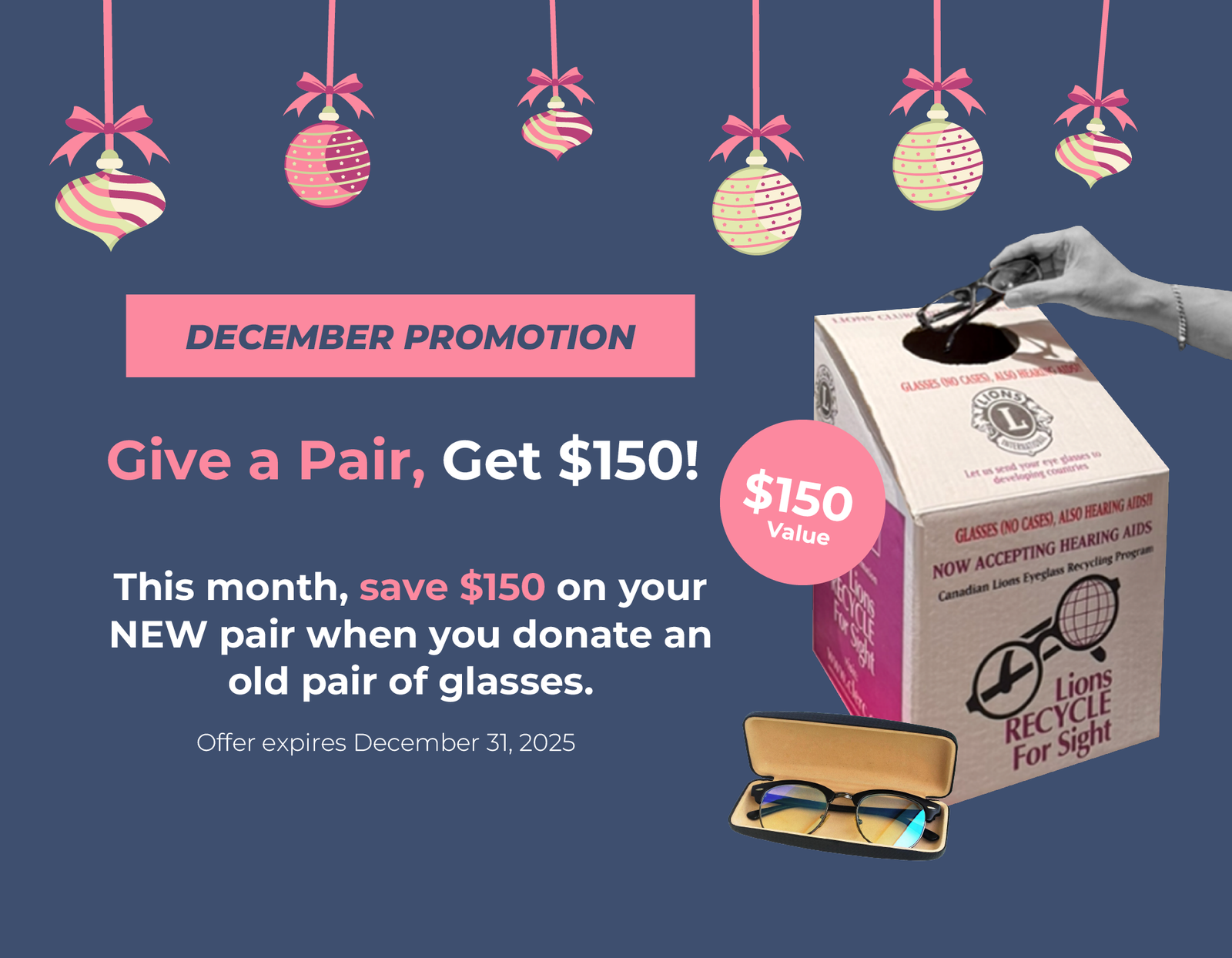
Sunglasses
WHY ARE SUNGLASSES IMPORTANT?
Many people are cheered by a bright, sunny day, but the effect of all that sunlight on the eyes is a less sunny proposition. UV and glare can create a variety of issues, from dangerous “snow blindness” to irreversible disorders that threaten your eyesight.
WHAT ARE UV RAYS?
UV stands for ultraviolet, a band of spectrum invisible to the eye. Ultraviolet light consists of UVA, UVB, and UVC rays. UVC rays are stopped in Earth’s atmosphere before they reach the eye, but UVA and UVB can both reach the eye and potentially damage it.
HOW DOES UV AFFECT UNPROTECTED EYES?
UV rays can cause proteins inside the lens to become opaque or cloudy, a condition known as cataracts. Cataracts can interfere with night vision, reduce your ability to see colors, and make reading difficult; they cannot be reversed, only removed. UV exposure can also cause retinal damage, changes in the eye tissues, and a temporary but irritating “sunburn” of the cornea called photokeratitis.
HOW DO I KNOW MY GLASSES WILL PROTECT MY EYES?
Choose glasses that claim to block at least 99 percent of UV rays — UVA as well as UVB. Look for label reading “UV 400,” since this designation means that the glasses block UV rays as small as 400 nanometers, providing 100 percent eye protection. Of course you need to protect your eyes from the glare caused by the visible spectrum as well. To accomplish this, select products that block 75 to 90 percent of visible light.
WHAT ARE POLARIZED LENSES?
Polarized lenses are specially designed to filter out certain types of glare that tend to radiate upward from horizontal surfaces when sunlight bounces off of these surfaces. They are recommended for tasks such as boating, fishing, skiing, golfing, jogging, and driving. Most polarized lenses will bear a label identifying them as such.
WHAT ADDITIONAL TYPES OF PROTECTION SHOULD I CONSIDER?
If you worry about light, including harmful UV, leaking in through the sides or top of your sunglasses, wear a broad-brimmed hat to reduce some of this exposure. If you use prescription eyewear to correct your eyesight, you may also want to think about getting a pair of UV-blocking contact lenses in your prescription. These lenses may be worn alongside a non-prescription pair of sunglasses for optimum eye protection.
Air Optix Colors (6 Pack)
Explore your adventurous side with Air Optix® Colors contacts that look so natural, it’ll be hard for anyone to tell you’re wearing them, and so comfortable, you’ll forget you're wearing them. Through the latest 3-in-1 contact lens color innovation, Air Optix® Colors puts the colour inside the contact material to offer an overall primary color, as well as an inner and outer ring of distinct tones. This cutting edge technology ensures that only the uniquely smooth surface of the lens touches your eyes to deliver the same superior comfort as all varieties in the Air Optix® lineup. Each lens features breathable lens material that allows more oxygen to pass through the contact for healthier eyes, crystal clear vision, and consistent all day comfort. Plus, you can choose wearing schedules that range from daily wear to one month per lens. Available in vibrant and subtle color collections, you’ll find options at Clearly that make a dramatic difference such as gemstone green, honey, sterling gray, and brilliant blue. For a more subtle change to highlight the natural beauty of your eyes, try the brown, gray, green, blue, or pure hazel contacts for results that will get noticed.
Have questions about sunglasses?
Let us know how we can help.


